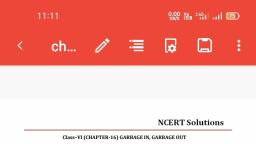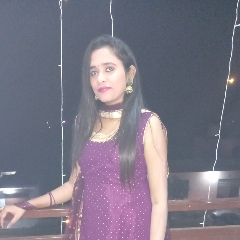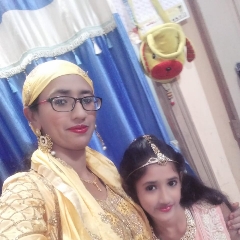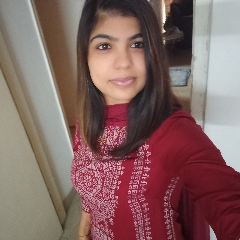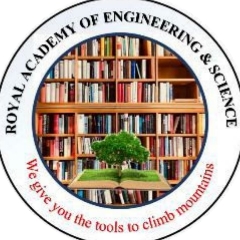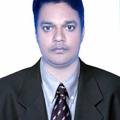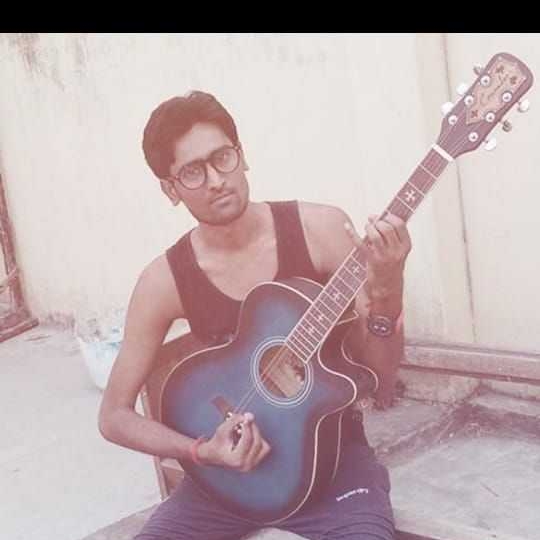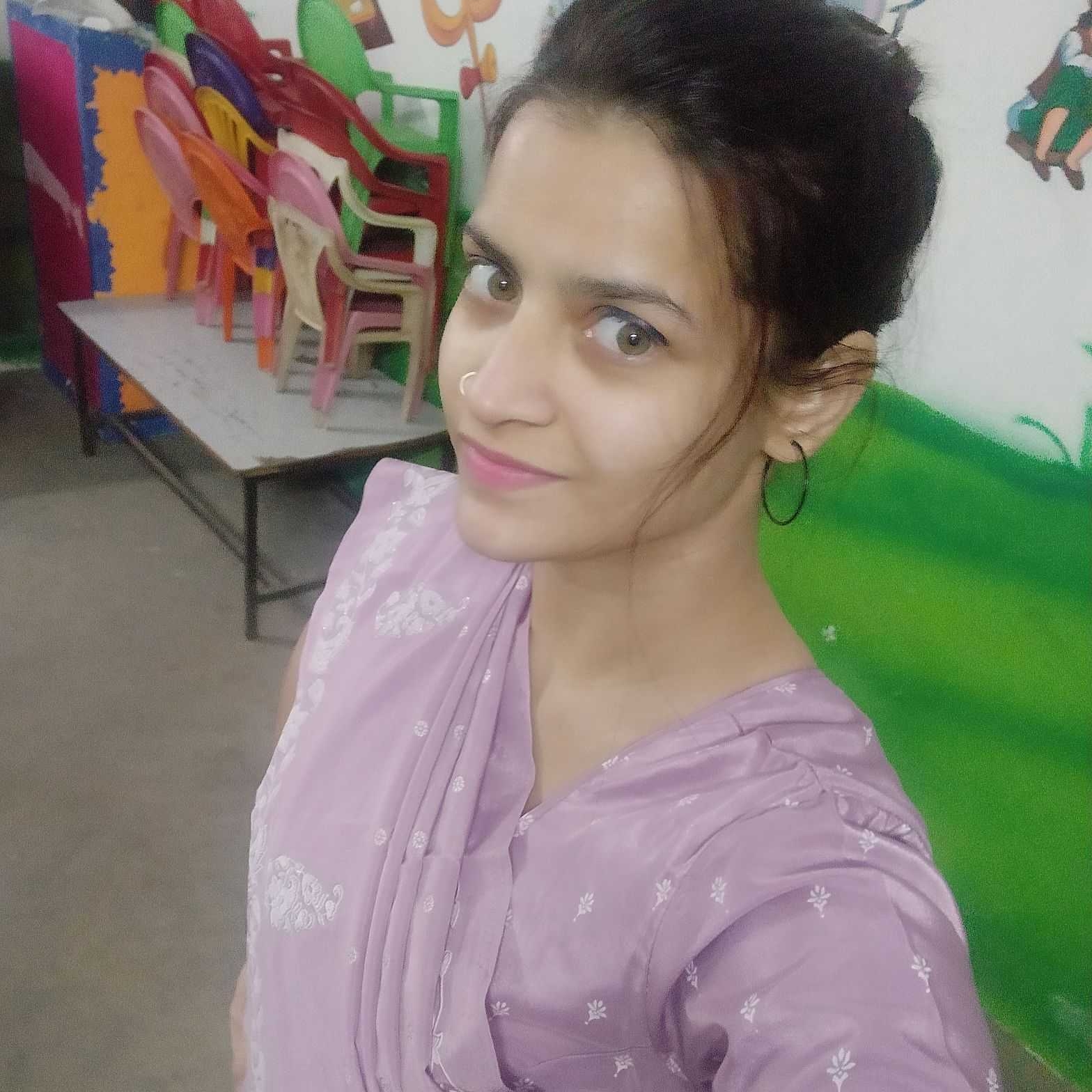Question 1 :
Choose the correct answer:
Joint which allows movement in all directions is -
Question 2 :
Observe a snail in your garden or in field. Have you seen the rounded structure it carries on its back. What is it called?
Question 5 :
Indicate True(T) and False(F) in this sentence: The finger bones do not have joints.
Question 6 :
Which of the following types of movements is seen in duck.
Question 7 :
Fill in the blank: A combination of bones and cartilages forms the __________ of the body.
Question 9 :
Bowl an imaginary ball at an imaginary wicket. How did you rotate your arm?
Question 11 :
Provide one word answers to the following statement : Joint where our neck joins the head.
Question 13 :
When you are writing in your notebook which part of the body are you moving?
Question 14 :
Choose the correct answer:
Bones that join with chest bone at one end and to the backbone at the other end are -
Question 15 :
<img style='object-fit:contain' src='https://teachmint.storage.googleapis.com/question_assets/cbse_ncert/61b1c6f7f59b460d7261e665.PNG' />
Given above is the picture of a skeleton. What is d ?
Question 17 :
If backbone was made up of only one long bone, will you be able to bend?
Question 18 :
The types of movements seen in Fish is/are: (i) Flying (ii) Walking (iii) Swimming (iv) Running (v) Creeping (vi) Slithering
Question 20 :
<img style='object-fit:contain' src='https://teachmint.storage.googleapis.com/question_assets/cbse_ncert/61b1c6f5f59b460d7261e663.PNG' />
Given above is the picture of a skeleton. What is b ?
Question 21 :
Which type of movement would have been possible if we were to have a ball and socket joint between our neck and head.
Question 23 :
Provide one word answers to the following statement : Bones which enclose the organs of our body that lie below the abdomen.
Question 24 :
The types of movements seen in Kangaroo is/are: (i) Flying (ii) Walking (iii) Swimming (iv) Running (v) Creeping (vi) Slithering (vii) Jumping
Question 26 :
Which of the following types of movements is seen in snail.
Question 27 :
The types of movements seen in Duck is/are: (i) Flying (ii) Walking (iii) Swimming (iv) Running (v) Creeping (vi) Slithering
Question 29 :
<img style='object-fit:contain' src='https://teachmint.storage.googleapis.com/question_assets/cbse_ncert/61b1c6daf59b460d7261e63d.jpg' />
A person rolls a strip of paper into a cylinder. Then, he makes a small hole in an old rubber or plastic ball and pushes the paper cylinder into it as shown in above figure. Now, he puts the ball in a small bowl. Does the ball rotate freely inside the bowl?
Question 32 :
Fill in the blank: The bones at the elbow are joined by a _________ joint.
Question 33 :
Fill in the blank: Joints of the bones help in the __________ of the body.
Question 35 :
Boojho fell off a tree and hurt his ankle. On examination the doctor confirmed that the ankle was fractured. How was it detected?
Question 36 :
Which of the following types of movements is seen in fish.
Question 38 :
Indicate True(T) and False(F) in this sentence: The cartilages are harder than bones.
Question 39 :
<img style='object-fit:contain' src='https://teachmint.storage.googleapis.com/question_assets/cbse_ncert/61b1c6fbf59b460d7261e66a.PNG' />
Given above is the picture of a skeleton. What is i ?
Question 41 :
Indicate True(T) and False(F) in this sentence: Cockroaches have an outer skeleton.
Question 42 :
Fill in the blank: ____ are hard structures and cannot be bent.
Question 43 :
Fill in the blank: A combination of bones and cartilages forms the _______ of the body.
Question 44 :
Provide one word answers to the following statement : Part of the skeleton that forms the earlobe.
Question 45 :
Which body part does the snake use for moving from place to place?
Question 46 :
The types of movements seen in Horse is/are: (i) Flying (ii) Walking (iii) Swimming (iv) Running (v) Creeping (vi) Slithering
Question 47 :
If our body has no joints, do you think it would be possible for us to move in any way at all?
Question 48 :
Provide one word answers to the following statement : Bones that join with chest bone at one end to the backbone at the other end.
Question 49 :
<img style='object-fit:contain' src='https://teachmint.storage.googleapis.com/question_assets/cbse_ncert/61b1c6fcf59b460d7261e66b.PNG' />
Given above is the picture of a skeleton. What is j ?
Question 50 :
Choose the correct answer:
Hard structure that forms the skeleton is -

